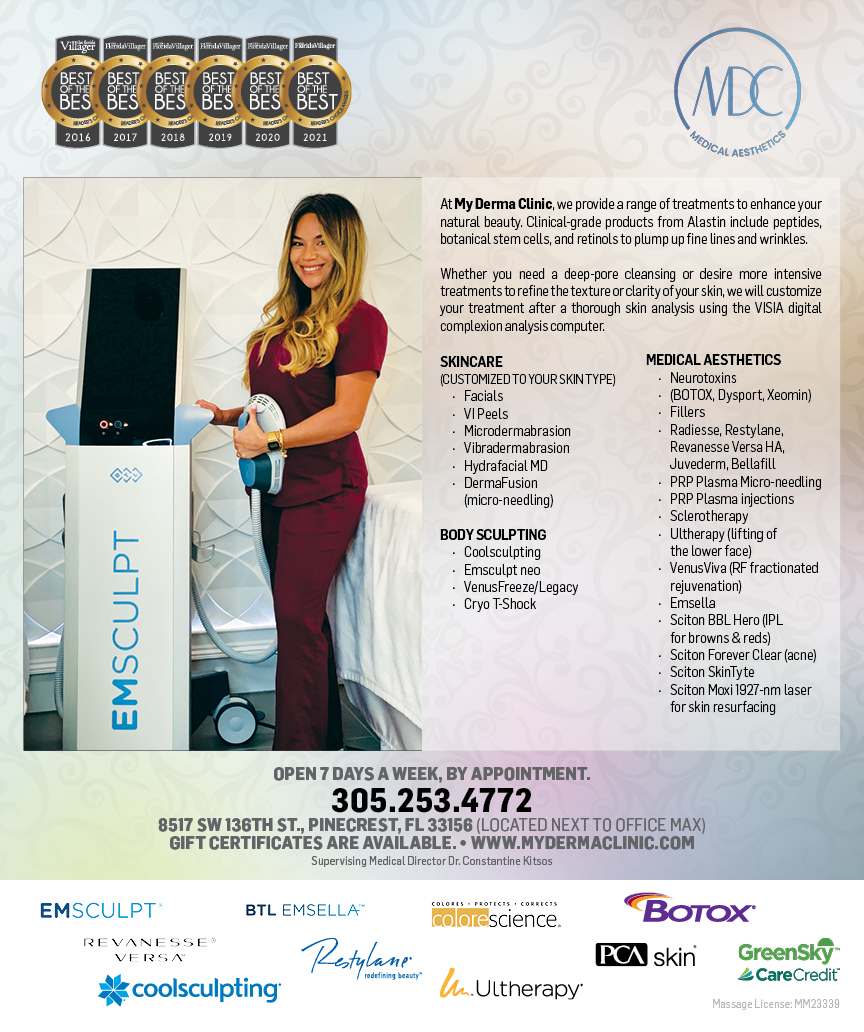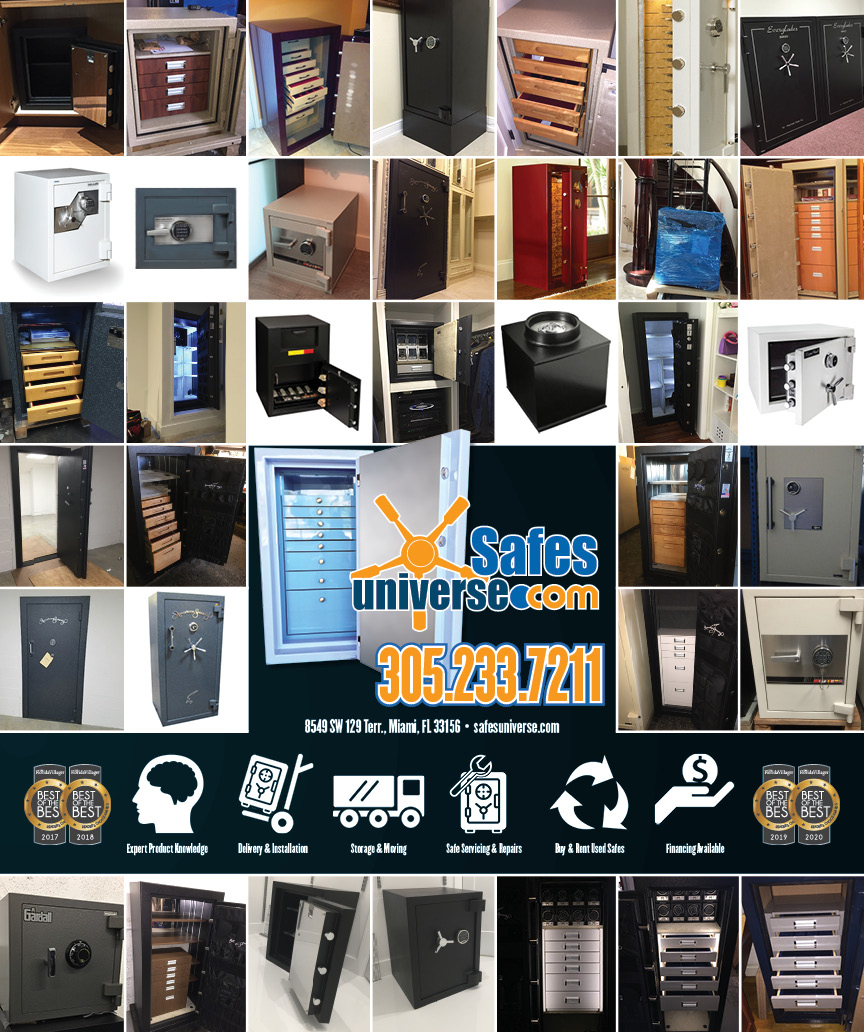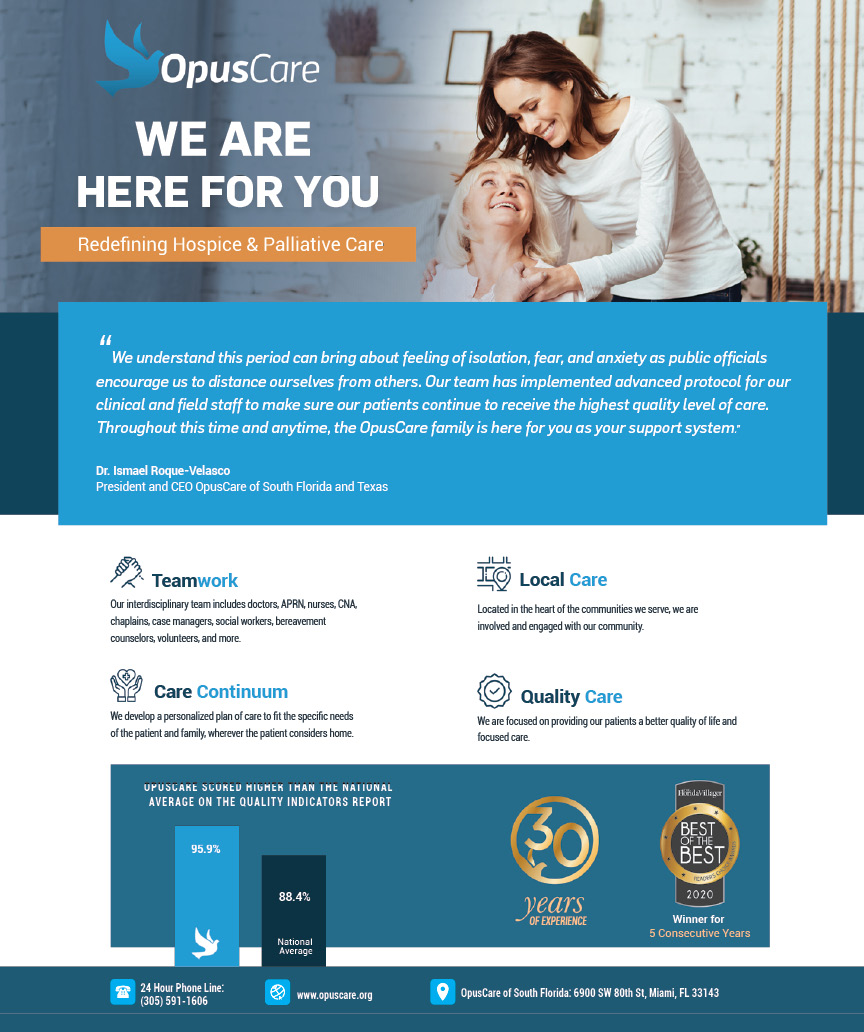Switching to solar energy is an exciting step toward independence from traditional power sources and a great way to reduce electricity bills. Here’s a quick guide to help you get started with building your solar power system, without getting overwhelmed.
Step 1: Assess Your Energy Needs
Begin by taking a close look at the average amount of energy your household uses. Review your recent electricity bills to determine monthly and daily kilowatt-hour (kWh) usage. Knowing when your energy consumption peaks is also vital since it helps you design a system that aligns with your lifestyle. For example, if your energy use is higher at night, you’ll want a system tailored to meet that demand effectively.
Step 2: Understand Different Types of Solar Panels
Not all solar panels are the same. The two main options you’ll encounter are monocrystalline and polycrystalline panels. Monocrystalline panels tend to be more efficient and space-saving, but they come at a higher cost. Polycrystalline panels, on the other hand, are usually more affordable but may require more roof space to generate the same amount of energy. Your choice will depend on your budget, available space, and energy goals.
Step 3: Choose an Appropriate Solar Inverter
An inverter converts the energy collected by your solar panels into usable electricity for your home. You’ll need to pick from three common types of inverters: microinverters, power optimizers, and string inverters. String inverters are more affordable and work well for unshaded roofs. Microinverters, while more expensive, are great for maximizing the output of each panel and are a solid option for roofs with shading issues. Power optimizers combine some of the benefits of both and can offer a balanced solution.
Step 4: Decide if You Need Battery Storage
If you want to store energy for later use, incorporate a solar battery into your system. This setup allows you to keep excess energy for nighttime use or during power outages. Understanding how a solar battery works can help you select one that meets your specific needs. Batteries store electricity generated during the day and release it when your solar panels aren’t actively producing energy. This choice is particularly important for households with high nighttime energy consumption or those looking for backup power.
Step 5: Manage Installation and Obtain Permits
Proper installation begins with finding a trusted solar installer. Look for professionals with solid reviews and experience in your area. Permits are another vital step, as local regulations vary. Your solar installer will typically handle the paperwork, saving you time and hassle. Once everything is in place, installation usually takes only a few days.
Step 6: Maintain and Monitor Performance
After installation, monitoring your system consistently is crucial. Modern solar systems come with apps to track energy generation and usage in real-time. Regular cleaning and occasional inspections will keep your panels operating efficiently. Even minor dirt or debris can impact their output, so don’t neglect this step. If you’ve included battery storage, periodically check the system’s condition to ensure optimal performance.
Switching to solar energy doesn’t need to feel complicated. With a solid plan and the right components, you can reduce your energy costs and contribute to a more sustainable future. Start building your solar power system today and enjoy the benefits of cleaner, greener energy. The environment will thank you.










 Deering Estate
Deering Estate
 Massage Envy South Miami
Massage Envy South Miami
 Calla Blow Dry
Calla Blow Dry
 My Derma Clinic
My Derma Clinic
 Sushi Maki
Sushi Maki
 Sports Grill
Sports Grill
 The Healthy Kitchen
The Healthy Kitchen
 Golden Rule Seafood
Golden Rule Seafood
 Malanga Cuban Café
Malanga Cuban Café

 Kathleen Ballard
Kathleen Ballard
 Panter, Panter & Sampedro
Panter, Panter & Sampedro
 Vintage Liquors
Vintage Liquors
 The Dog from Ipanema
The Dog from Ipanema
 Rubinstein Family Chiropractic
Rubinstein Family Chiropractic
 Your Pet’s Best
Your Pet’s Best
 Indigo Republic
Indigo Republic




 ATR Luxury Homes
ATR Luxury Homes


 2112 Design Studio
2112 Design Studio
 Hamilton Fox & Company
Hamilton Fox & Company
 Creative Design Services
Creative Design Services
 Best Pest Professionals
Best Pest Professionals
 HD Tree Services
HD Tree Services
 Trinity Air Conditioning Company
Trinity Air Conditioning Company
 Cisca Construction & Development
Cisca Construction & Development
 Mosquito Joe
Mosquito Joe
 Cutler Bay Solar Solutions
Cutler Bay Solar Solutions


 Miami Royal Ballet & Dance
Miami Royal Ballet & Dance
 Christopher Columbus
Christopher Columbus
 Pineview Preschools
Pineview Preschools
 Westminster
Westminster
 Carrollton
Carrollton
 Lil’ Jungle
Lil’ Jungle
 Frost Science Museum
Frost Science Museum
 Palmer Trinity School
Palmer Trinity School
 South Florida Music
South Florida Music
 Pinecrest Orthodontics
Pinecrest Orthodontics
 Dr. Bob Pediatric Dentist
Dr. Bob Pediatric Dentist
 d.pediatrics
d.pediatrics
 South Miami Women’s Health
South Miami Women’s Health

 The Spot Barbershop
The Spot Barbershop
 My Derma Clinic
My Derma Clinic




 Miami Dance Project
Miami Dance Project

 Rubinstein Family Chiropractic
Rubinstein Family Chiropractic
 Indigo Republic
Indigo Republic

 Safes Universe
Safes Universe
 Vintage Liquors
Vintage Liquors
 Evenings Delight
Evenings Delight





 Atchana’s Homegrown Thai
Atchana’s Homegrown Thai
 Baptist Health South Florida
Baptist Health South Florida

 Laser Eye Center of Miami
Laser Eye Center of Miami
 Visiting Angels
Visiting Angels
 OpusCare of South Florida
OpusCare of South Florida

 Your Pet’s Best
Your Pet’s Best





 HD Tree Services
HD Tree Services
 Hamilton Fox & Company
Hamilton Fox & Company


 Creative Design Services
Creative Design Services